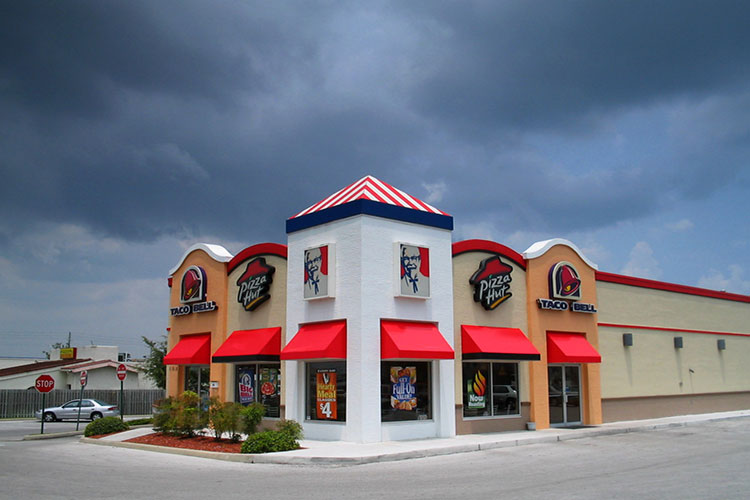Introduction
Food insecurity, defined by the United States Department of Agriculture (USDA) as limited or uncertain access to adequate food, presents a unique challenge to urban areas. Food swamps, areas where fast food restaurants and convenience stores are dominant sources of food, significantly contribute to the prevalence of poor nutritional options and food insecurity in cities. By diminishing the availability of affordable and nutritionally adequate foods, food swamps negatively affect overall health and the economic health of individuals and families in these areas. This article explores the effects of food swamps and actions communities and individuals can take to improve access to healthy foods and reduce food insecurity in urban areas.
What is a Food Swamp?
A food swamp is an area where access to fast food restaurants and convenience stores are abundant while access to fresh and healthy foods are limited or nonexistent. Food swamps are most common in lower-income urban and suburban areas and minority communities due to food access disparities. Historically, food swamps have been seen as a result of larger systemic issues such as economics, race, and poverty.
Food swamps are defined by their abnormally high number of fast-food restaurants, convenience stores, and other sources of unhealthy, high-calorie food options and their low density of supermarkets which provide access to healthy and affordable foods. A consequence of food swamps is that healthy food options are less accessible and more expensive for those affected.
Effects of Food Swamps
Studies have shown that food swamps contribute to the prevalence of obesity, chronic diseases, and other food-related health problems. People living in areas with high densities of unhealthy food outlets are more likely than those living in areas with a mix of healthy and unhealthy food options to choose unhealthy and high-calorie food choices and to have an increased risk of obesity.
Because healthy food options are often scarce, individuals and families living in food swamps are more likely to be food insecure. A lack of access to nutritional and affordable food sources combined with the high costs of healthy foods results in an increased potential for hunger and health-related issues due to malnutrition.
Strategies to Combat Food Swamps
There are strategies that can be implemented at the community level to reduce food insecurity and help combat the effects of food swamps.
Government organizations such as the USDA, Federal Emergency Management Agency (FEMA), and Environmental Protection Agency (EPA) can provide support for organizations that provide food to those in need. Additionally, government-backed initiatives related to healthy food access, such as the Supplemental Nutrition Assistance Program (SNAP) and the Emergency Food Assistance Program (EFAP), can be expanded to reach those who may not traditionally qualify for aid.
At the local level, communities can work together to increase access to healthy food options. This includes developing initiatives such as food co-ops, community gardens, and farmers’ markets that bring nutrient-rich options to the community. Additionally, urban planners and local government officials can work together to create food policies that promote healthy eating.
The Role of Individuals
Individual actions can also go a long way toward combatting hunger and creating a healthier food environment in urban areas. Supporting food banks and pantries is a great way to give back to the community while combatting food insecurity. Additionally, individuals can influence things such as zoning and licensing regulations to help ensure that local policy contributes to the availability of healthier options in food swamps. Finally, raising awareness by sharing stories and facts about food swamps and food insecurity can help lead to increased political and financial investment in the fight against food insecurity.
Conclusion
Urban areas disproportionately face the challenge of food insecurity and poor access to healthy food options. Food swamps are a major contributor to this issue and diminish access to nutritious and affordable foods for individuals and families. Thankfully, by implementing strategies outlined in this article, communities and individuals can work together to increase access to healthy options and reduce the prevalence of food insecurity.




